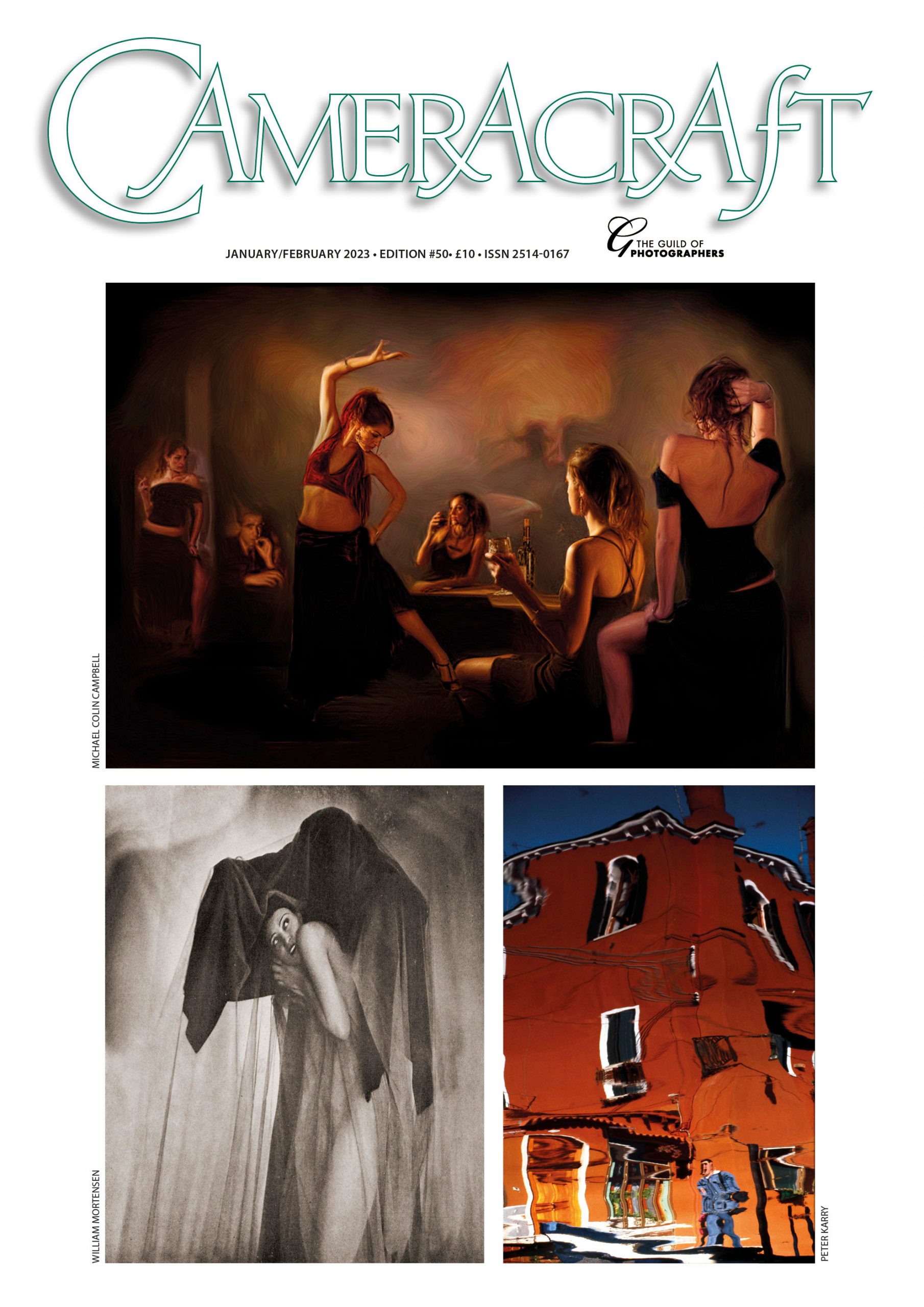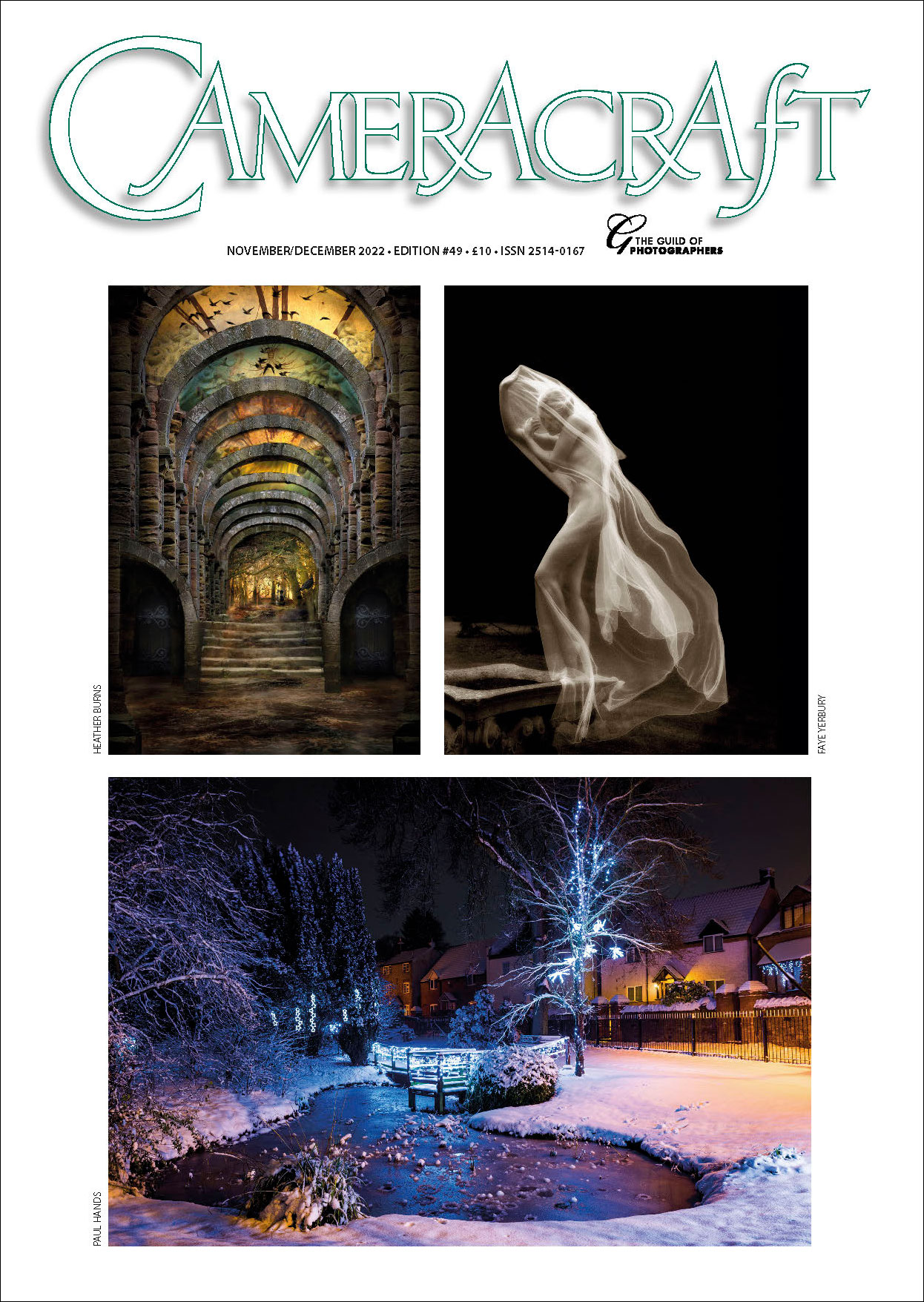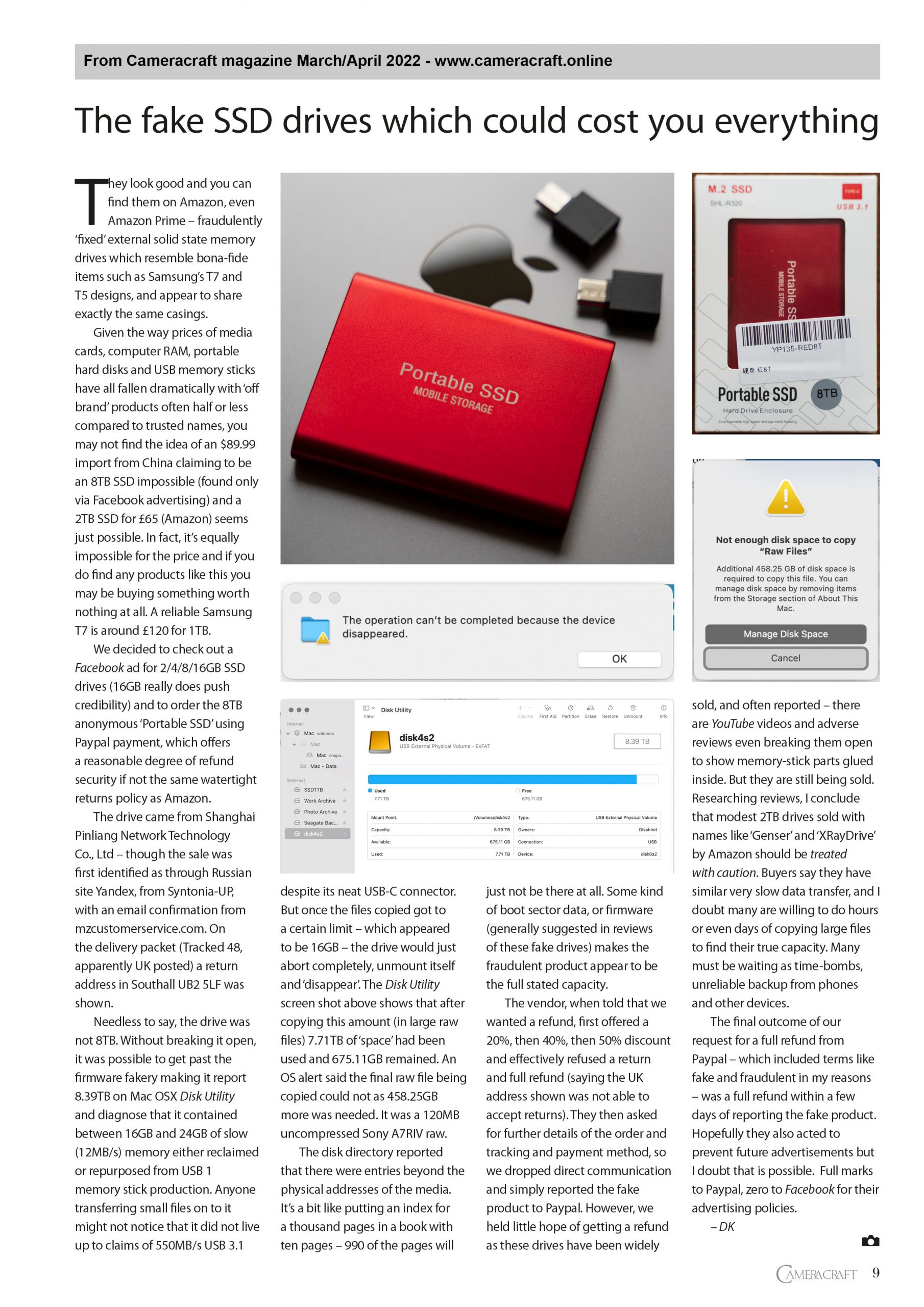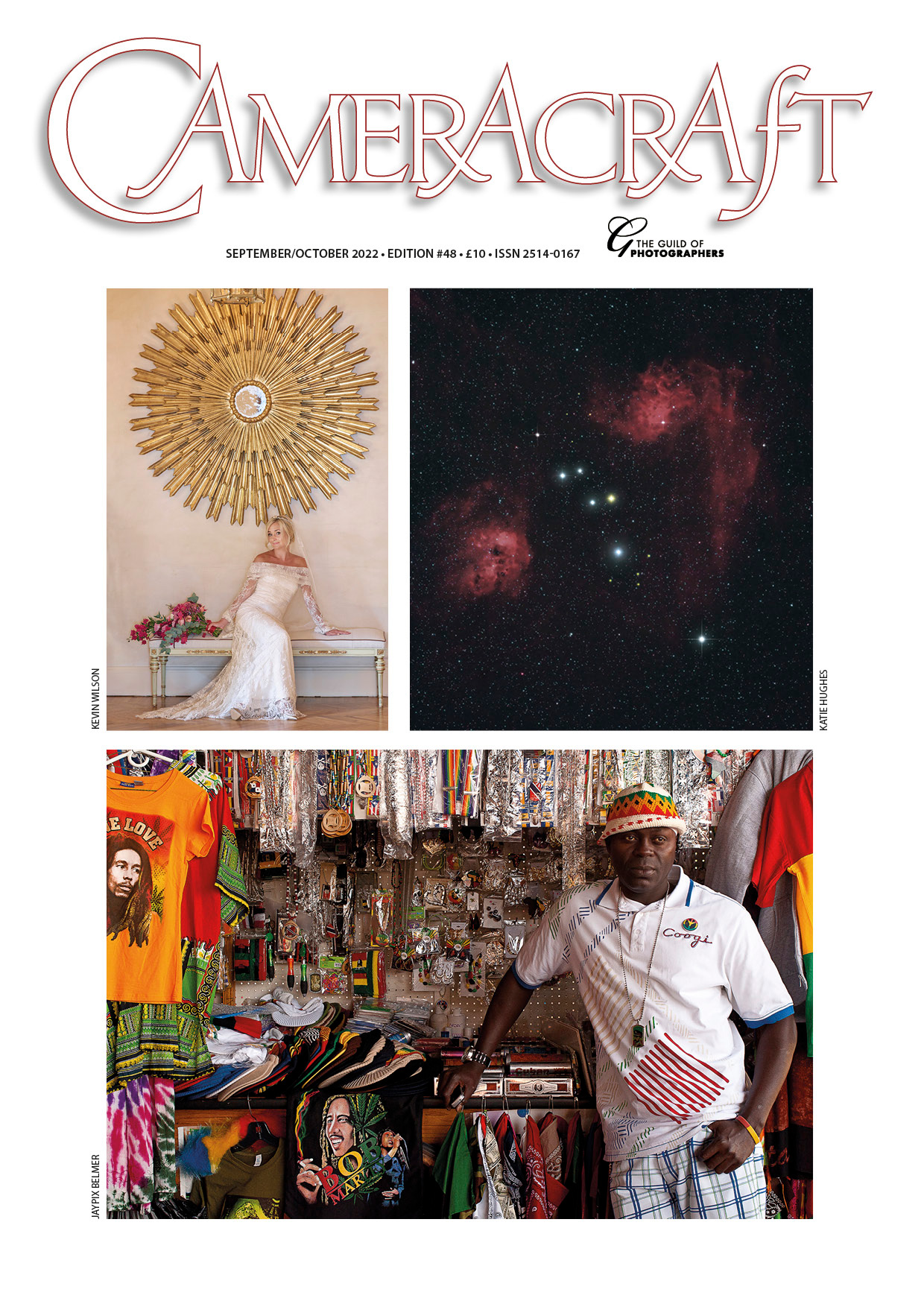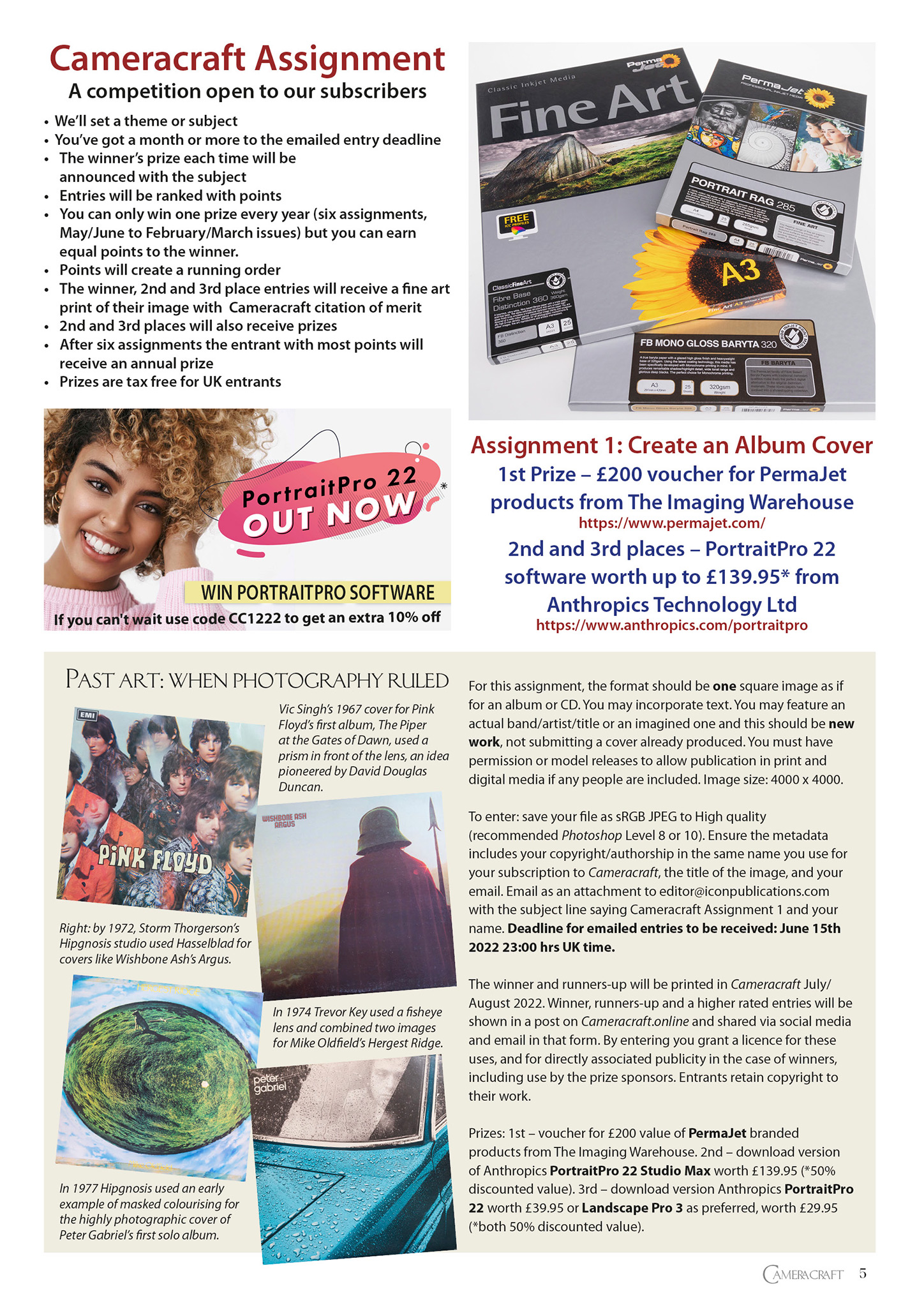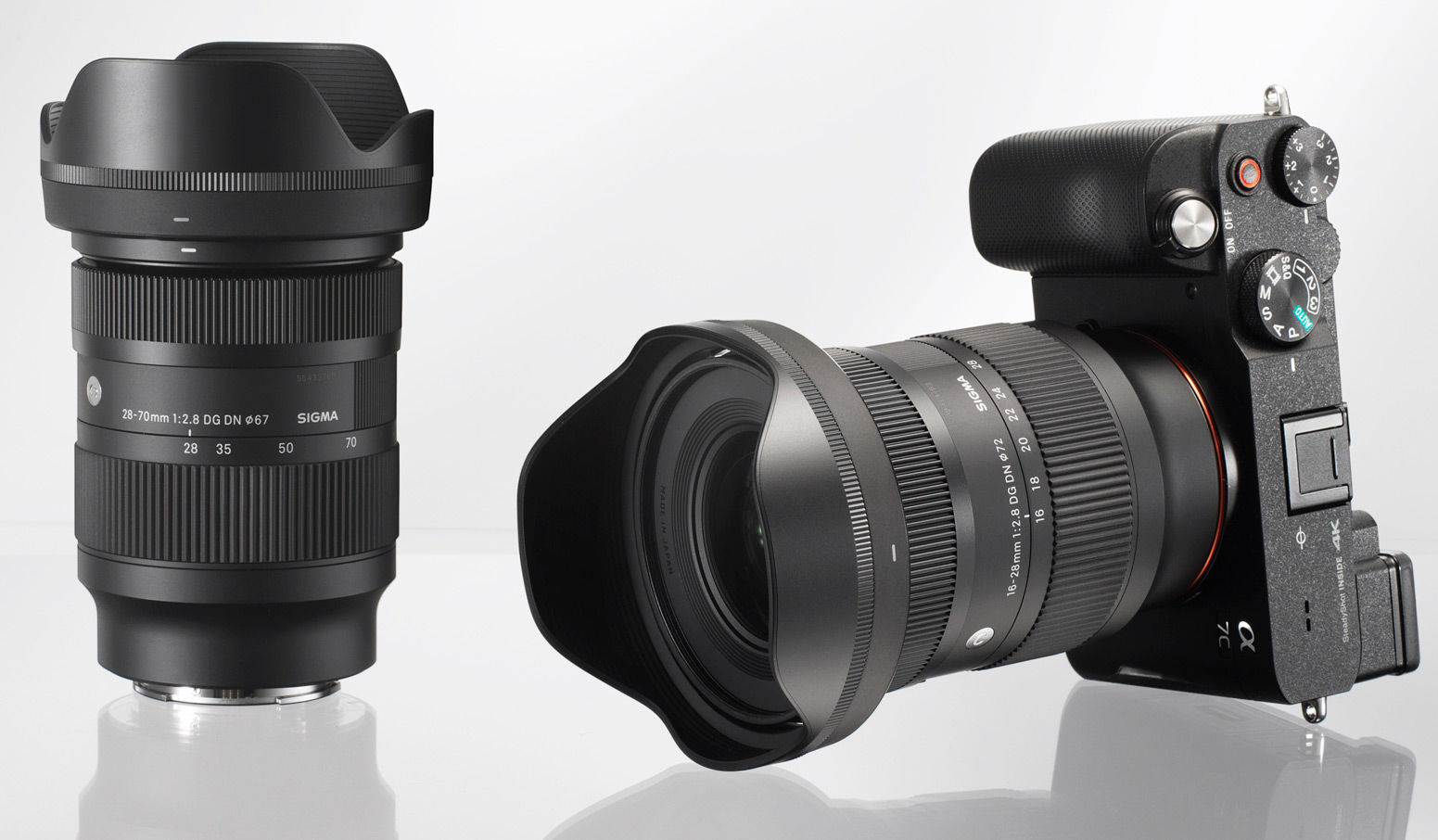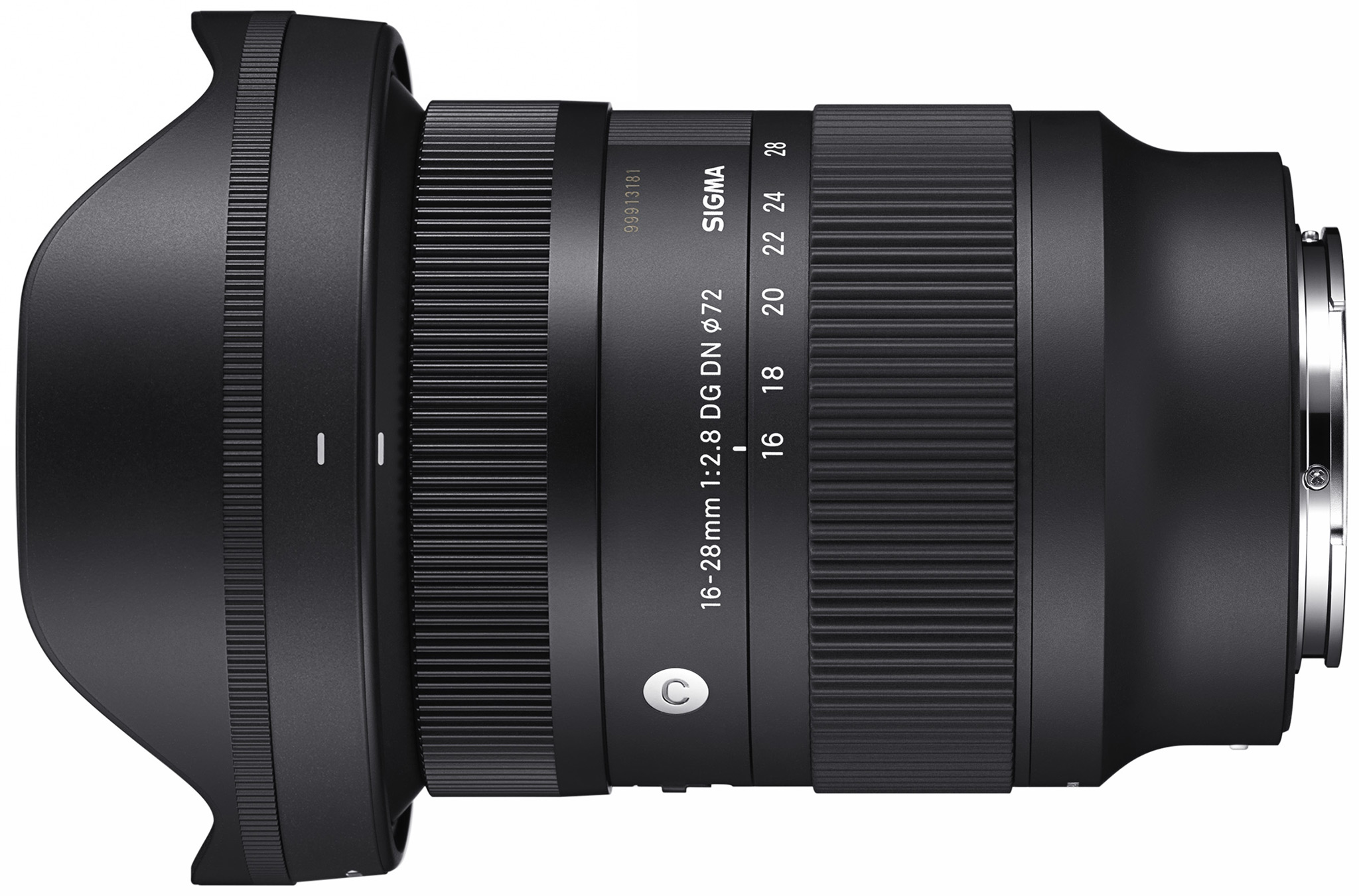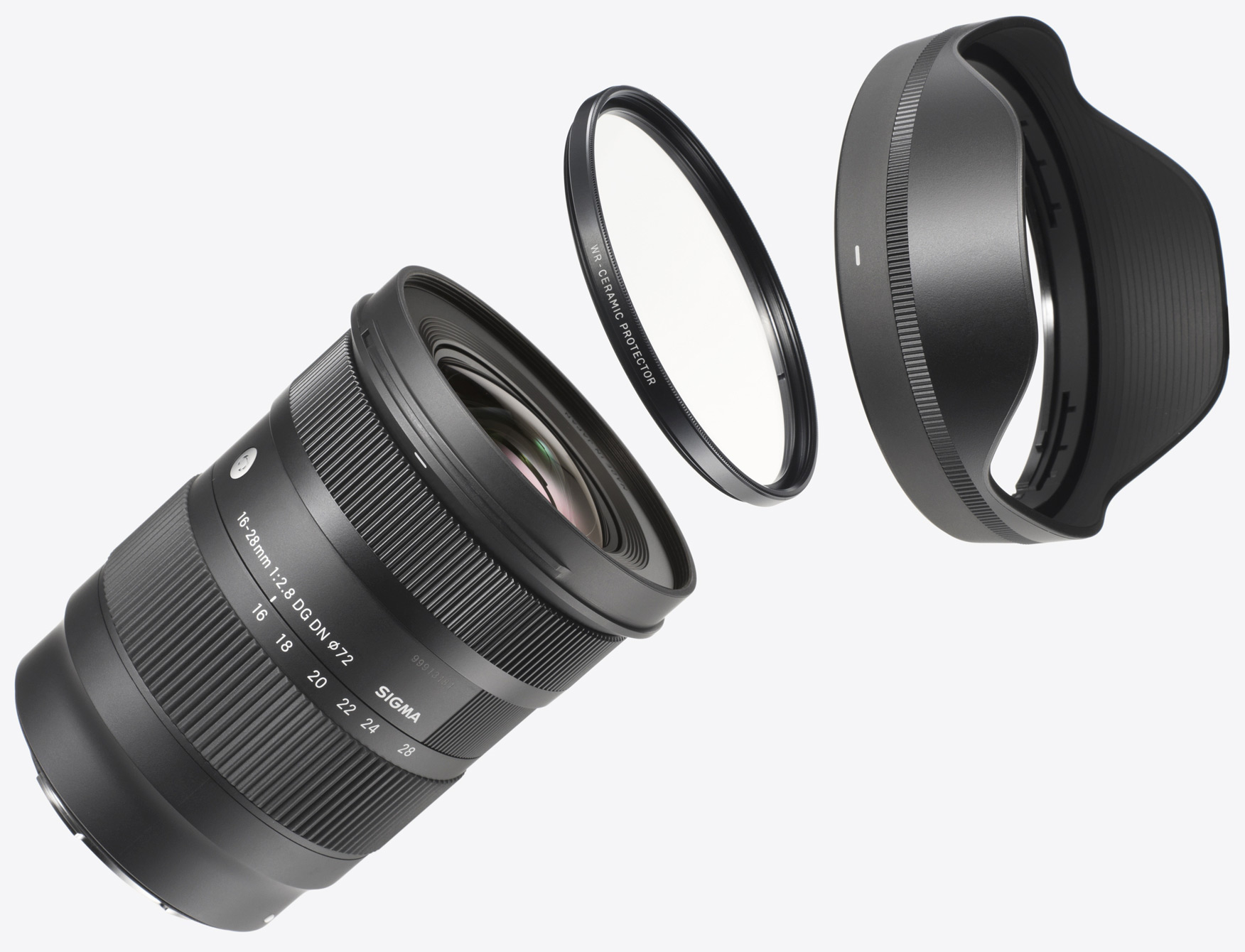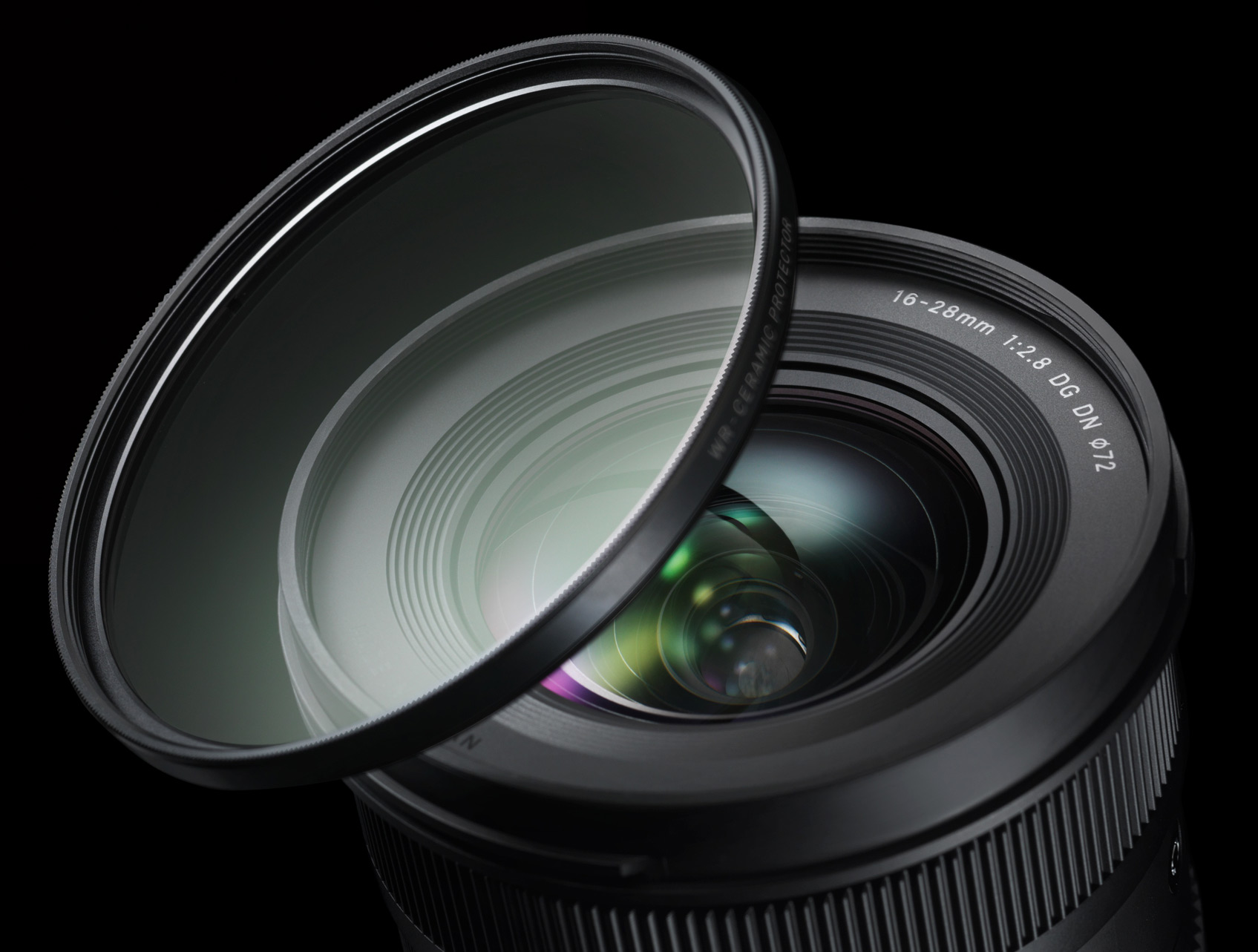ExpoImaging, Inc., creators of the Rogue FlashBender speedlight modifiers, today announced new Rogue Round Flash Magnetic Modifiers for popular round flashes and rectangular speedlight flashes including Godox V1, Godox R100, Godox HR200 head for AD200, Geekoto GT 250, Geekoto GTR, and Westcott FJ80. Compatibility with Profoto A1, Profoto A1x, and Profoto A10 flashes requires the Rogue PF Adapter. Photographers want their speedlight modifiers to be easy-to-use, lightweight, and durable, and the new Rogue Round Flash Modifiers are all those things. Each modifier component is made from impact-resistant materials to withstand drops and conveniently stack together, whilst the white silicone dome collapses to save space in your gear bag. Rogue Round Flash Modifiers stay put because each magnetic component incorporates six custom-designed neodymium magnets, which provide a strong attachment force to the flash. The custom design safely and securely keeps the magnets within the modifier ring.
Rogue Flash Adapter has a stretchy silicone mount that enables a quick attachment to speedlight flashes using a metal ring mount to attach other magnetic modifier components.

Small adapter is compatible with Godox TT350, Canon 430, Nikon (SB600, SB800), Nissin (i40, i60A), Sony F32, and other similar sizes. The larger standard adapter is compatible with Canon 580, Godox 685, Nikon SB900, Nissin Di700A, Sony F60, and other similar sizes
Rogue Flash Gel Lens
Enables users to attach colour gels to circular flashguns by placing gels between the magnetic Gel Lens. Unlike other magnetic modifiers, the unique design safely captures the neodymium magnets and keeps them in place.

Compatible with Godox (V1, R100, and HR200 head for AD200), Geekoto (GT 250, GTR) and Westcott FJ80Requires the Rogue PF Adapter (sold separately) to be compatible with Profoto flashes (A1, A1x, and A10)Can be used with rectangular speedlight flashes when combined with the Rogue Flash Adapter (Standard or Small)
Rogue Flash Grid 45
The Rogue Flash Grid 45 provides a popular grid angle for spotlighting control when shooting classic portrait or commercial product photography. Use alone to create a circle of light with a 45-degree spread or stack together to create smaller light circles.

Compatible with Godox (V1, R100, and HR200 head for AD200), Geekoto (GT 250, GTR) and Westcott FJ80Requires the Rogue PF Adapter (sold separately) to be compatible with Profoto flashes (A1, A1x, and A10)Use with rectangular speedlight flashes when combined with the Rogue Flash Adapter
Rogue Flash Diffuser Dome
Great for wedding, event, and portrait photography, the Rogue Flash Diffuser Dome snaps securely to the flash and softly diffuses the light from shoe mount flashes.

Attaches directly to the flash with the Rogue Flash Gel Lens included in its baseCompatible with Godox (V1, R100, and HR200 head for AD200), (GT 250, GTR) and Westcott FJ80Requires the Rogue PF Adapter to be compatible with Profoto flashes (A1, A1x, and A10)
Rogue Round Flash Gels
Place Rogue Round Flash gels between any two magnetic modifier components to add a colour correction or vibrant colours for your portrait photography. Available in two sets including the Ultimate Portrait Collection and the Colour Correction Collection.

Enhance your portrait photography with multiple shades of flash gelsGel diameter of 71.5mm fits other round flash modifier systemsCompatible with Godox (V1, R100, and HR200 head for AD200), Geekoto (GT 250, GTR) and Westcott FJ80
Bundle Kits for Round Flashes and Rectangular Speedlight Flashes
The new Rogue Round Flash Modifiers are also available in kits with the most popular modifiers bundled for round flashes or rectangular speedlight flashes. For photographers exclusively using round flashes, the Rogue Round Flash Kit comprises the essential light modifiers, including the Rogue Flash Grid 45, Rogue Flash Gel Lens, Rogue Flash Diffuser Dome, 3-Gel Sample Set, and a storage pouch. This kit allows for the modification of two round flashes simultaneously using the grid or diffuser dome with the included sample gels. For photographers using round flashes and rectangular speedlight flashes, the Rogue Round Flash Kit + Rogue Flash Adapter bundle includes the Rogue Flash Grid 45, Rogue Flash Gel Lens, Rogue Flash Diffuser Dome, 3-Gel Sample Set, storage pouch, and a Rogue Flash Adapter (standard or small). This bundle allows for the modification of 2 flashes simultaneously (round flash or rectangular speedlight flash) using the grid or diffuser dome with the included sample gels.
Rogue Round Flash Magnetic Modifiers Compatible with Rogue FlashBenders v3
The Rogue FlashBenders v3 design is compatible with the new Rogue Flash Magnetic Modifiers. Previous versions of the Rogue FlashBenders are not compatible with the new magnetic modifiers.
Further information: Lumesca Group, UK distributors – https://www.lumesca.com; Expoimaging, manufacturers – https://www.expoimaging.com |
